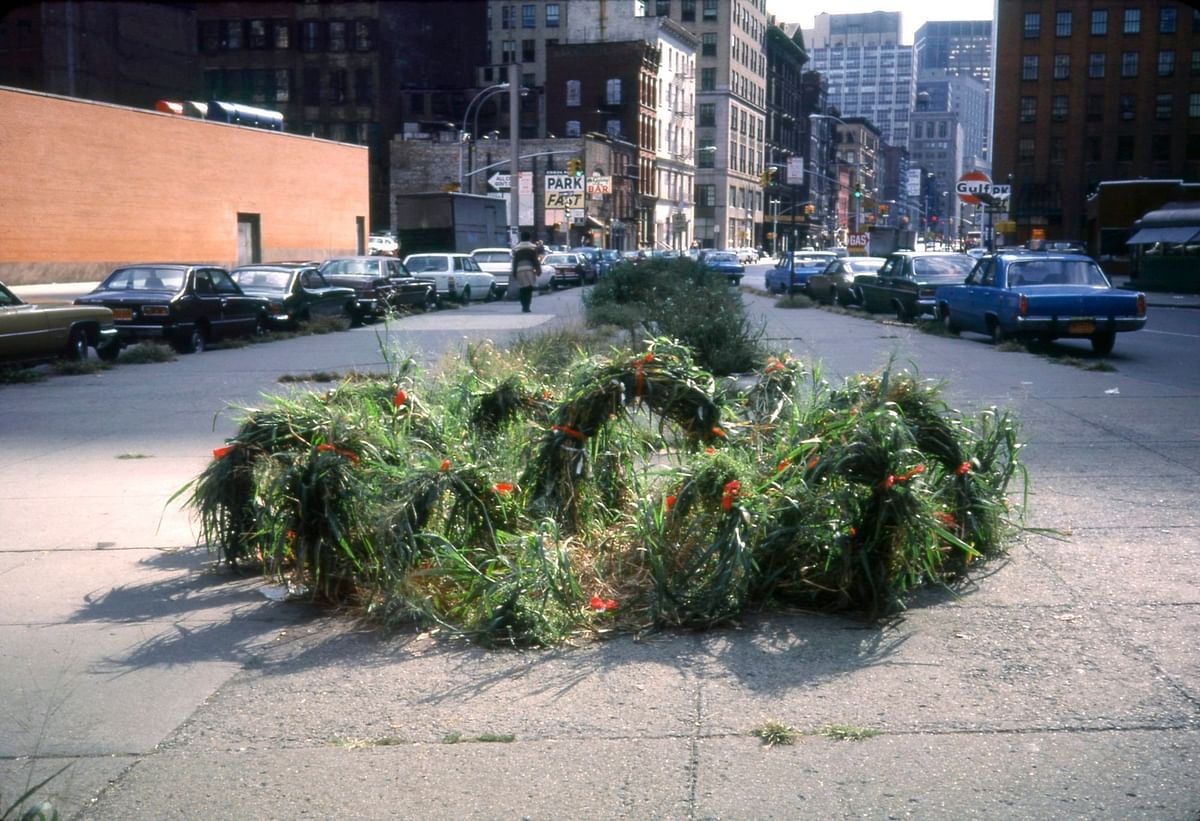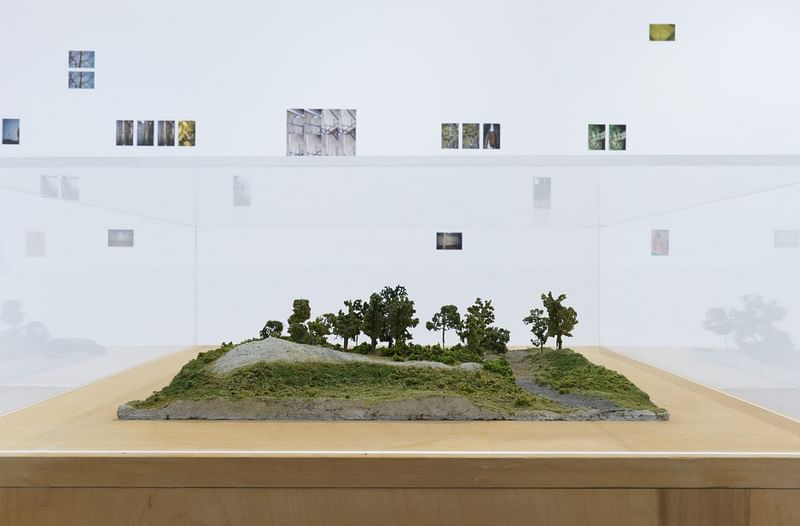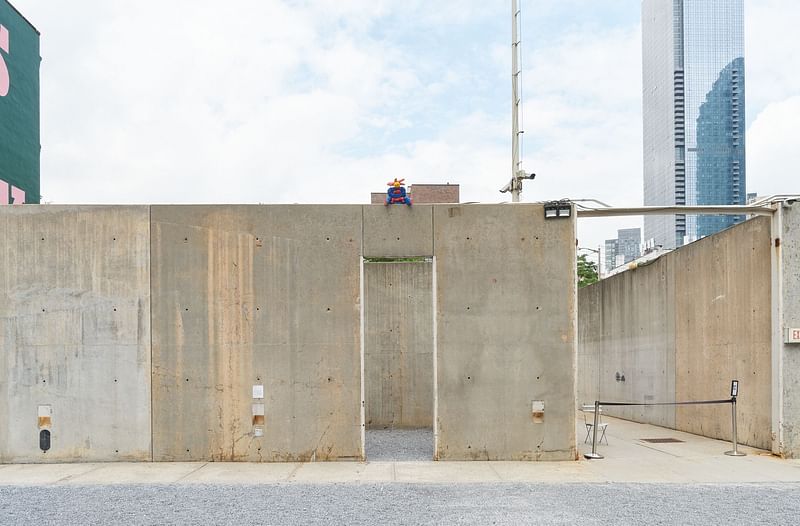MoMA PS1's Life Between Buildings provides a glimpse of engagement in New York City's unheralded interstitial spaces
By Josh Niland|
Tuesday, Aug 30, 2022

Related
MoMA PS1 has shared details of its recently-opened exhibition Life Between Buildings, which examines the long history of artists’ attempts to interrogate New York City’s many interstitial spaces (disused lots, traffic islands, parks, courtyards, etc.) in order to “consider the politics of public space through an ecological lens.”
Curated by Jody Graf and inspired by the history of community gardens in the city, the show, which began its six-month run in early June, takes the turbulent 1970s as its starting point and continues into the present day with an insight into how artists' repurposing of liminal sites has fundamentally shaped the way we think about life finding a way into the least expected urban spaces.

As Graf writes in the show’s thematic essay: "Though the role of artists in gardens has been contentious at times, the early 1970s saw many artists in New York incorporating an attention to the city’s ecology — environmental, social, and architectural — into their practices. Some artists were directly involved in gardening, especially in the Lower East Side, where they joined squatters, anarchists, community organizers, and Puerto Rican residents to reclaim lots and transform them into gardens that became vibrant spaces for art and performance. Others made artworks influenced by the ways in which gardeners reclaimed overlooked and liminal spaces in the city. For many, the politics of urban space itself became a medium."

Artists featured in the show include many New York mainstays such as Mel Chin, Becky Howland (cover photo), Gordon Matt-Clark, and Cecilia Vicuña. Younger artists such as Danielle De Jesus and David L. Johnson provide a nice balance of the contemporary.

Ticketed entry can be found on the MoMA PS1 website until the show's close on January 16th. A great way to spend the Labor Day weekend and explore an important avenue of art making that has gone underappreciated (in terms of institutional settings) for many years.

Share
0 Comments
Comment as :